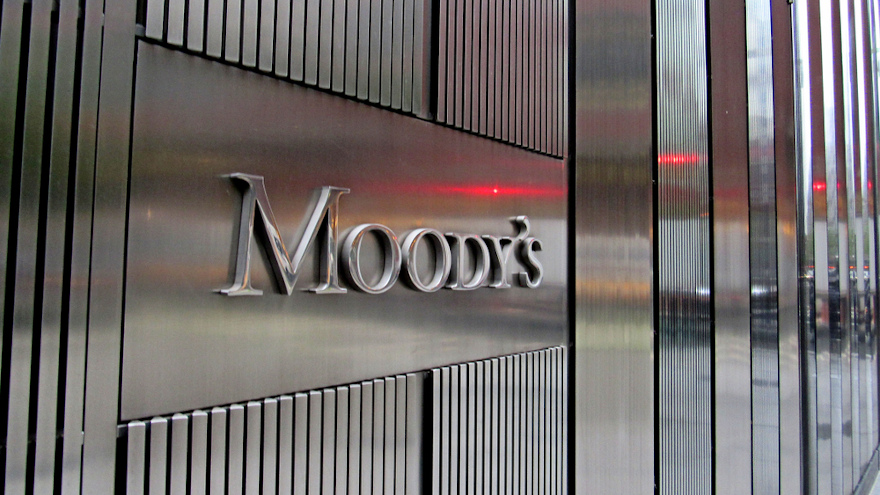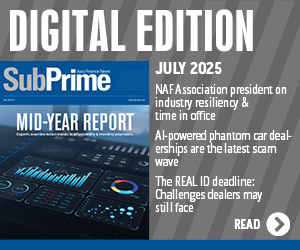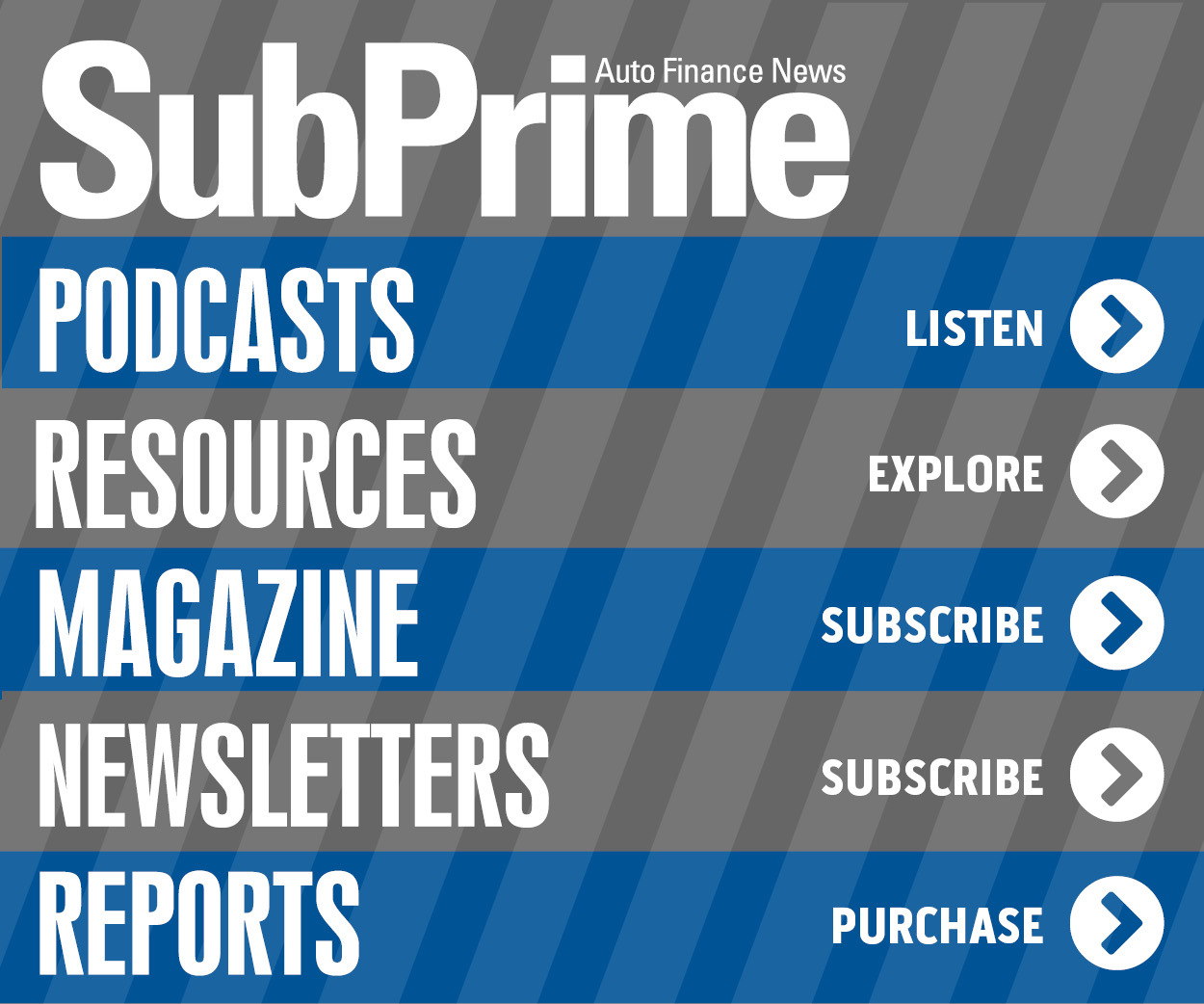Despite current negative outlook about captives, Moody’s offers 4 reasons for possible improvement

Image by Daniel J. Macy / Shutterstock.com
Moody’s Investors Service still is holding a negative outlook for North American captive finance companies because of the coronavirus pandemic.
But in a report shared with SubPrime Auto Finance News on Friday, analysts shared four reasons why they could adjust their long-term assessment, potentially compiling a more positive view.
Moody’s reiterated the pandemic is driving up asset risk and cutting profitability. However, the firm acknowledged capital and liquidity buffers for captives currently are “solid.”
Analysts said in the report, “The outlook for the U.S. auto finance captives remains negative, reflecting our expectation that delinquency rates, loan defaults and lease residual values will worsen materially over the next 12 to 18 months.
“If there is a significant and enduring downshift in used-car prices as a result of economic disruptions from the coronavirus outbreak, it will eventually translate to higher residual value impairment charges that materially reduce the captives’ profitability,” analysts continued.
“Credit losses on loan portfolios and net asset runoff will also put pincers on profitability,” Moody’s went on to say. “However, the companies have sufficient capital and liquidity to absorb the effects of the coronavirus shock, unless there is a more pronounced and lasting decline in used car prices than our current estimate of 10% or if there is a rapid and unexpected deterioration in parent-company liquidity.
The report explained the continued uncertainty over the severity and duration of the coronavirus outbreak is reflected in the negative outlooks on seven of the rated U.S. captives and two Canadian captives that Moody’s watches.
The firm also mentioned its outlook reflects the weakening credit strength of manufacturers, which Moody’s said will have negative implications for the captives’ funding access and new financing volumes over the next 12 to 18 months.
But Moody’s pointed out what could prompt their analysts to modify their outlook, especially beyond the upcoming 12- to 18-month timeframe.
The firm explained in the report that the credit strength of the U.S. auto captives would begin to stabilize with these factors coming together:
— Eventual return of new vehicle sales to 1%-3% annual growth
— Stabilized capacity of the parent to provide support, if required
— Used-vehicle values of less than 3% below pre-crisis levels
— Credit losses at 2019 levels
“Earnings growth should resume once the adverse economic effects from the coronavirus pandemic ease, aided by the U.S. government’s accommodative fiscal and monetary policy measures to support consumer health,” analysts said.


